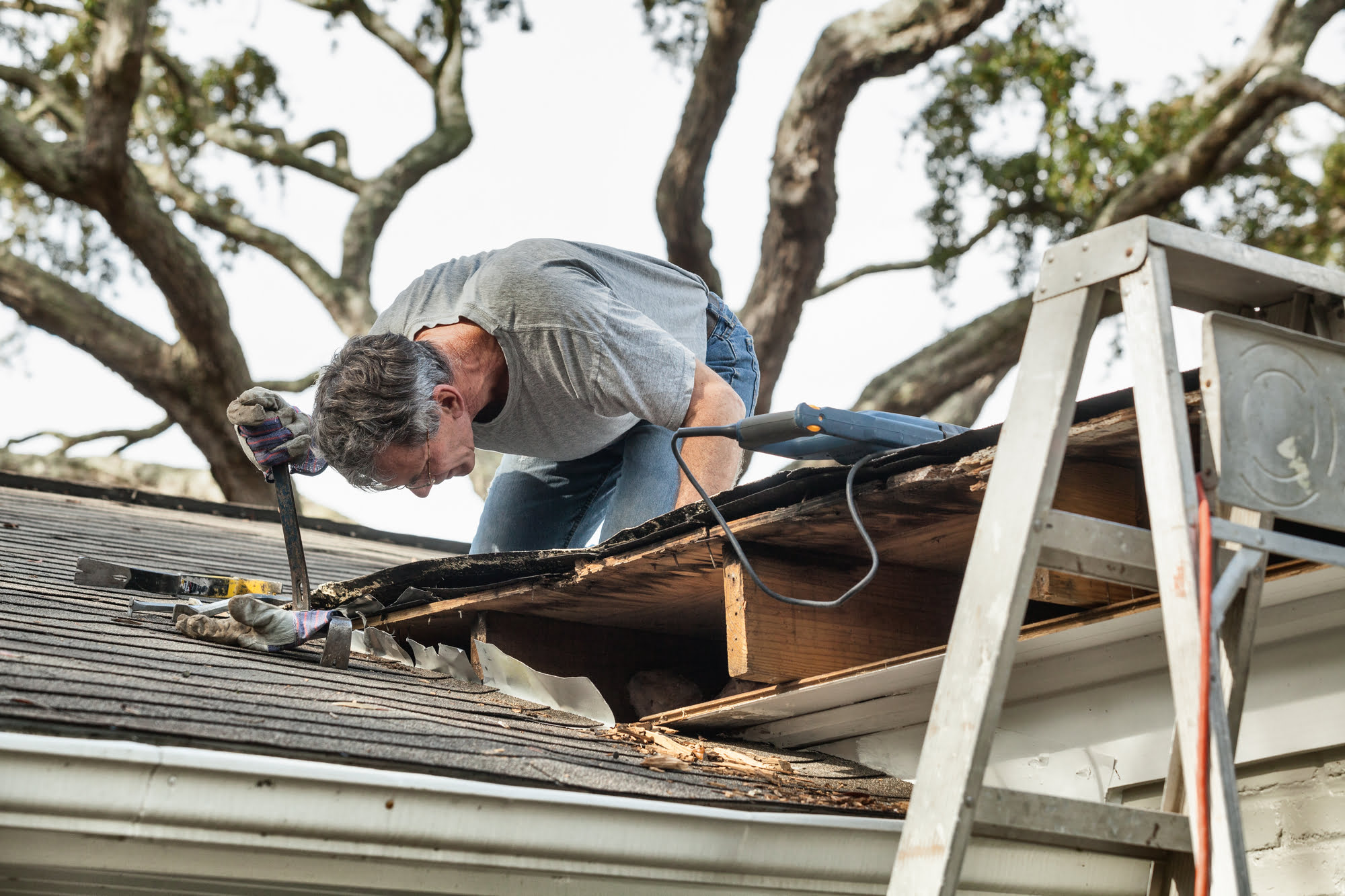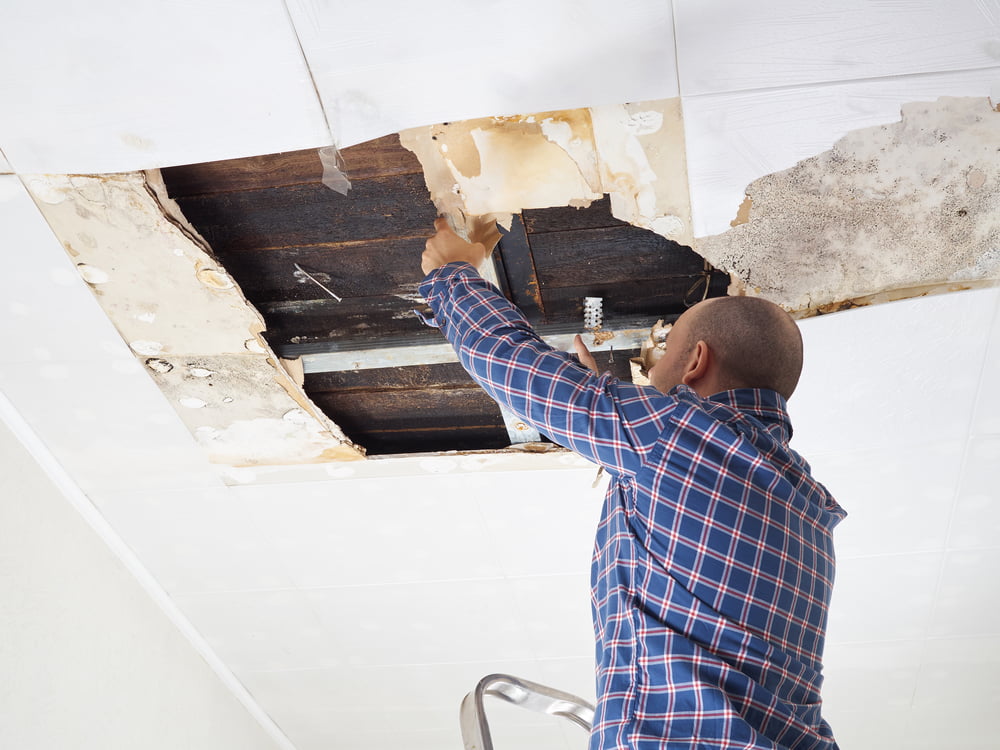Roof flashing is the most effective way to prevent water leaks into your property. It is essential as it keeps your home weather resistant and waterproof.
When rain or hail falls on the roof, any joints, angles or penetrations need to be protected from water.
Some parts of a roof are more prone to water leaks – for example inverted angles and penetrations. Roof flashing provides the protection needed to redirect water away from the crevice.
In some cases, it can be difficult to identify whether the flashing in place is adequate or still functional on the roof. An inspection of the roof cavity and internal ceiling can give an indication of the adequacy of the flashings.
To understand how flashing works and why it’s important to have it installed, read on for our explanations and tips.
What is roof flashing?
Roof flashing is a material used to mould around penetrations or laid along a join in components to direct water away. This protects the building from internal water damage.
When you look from the ground view at a roof, it can be difficult to locate where the flashings are. But with a quick walk around your property, you may see penetrations like the toilet vent or a chimney. Sometimes you will see a metal, lead or rubber moulding around this penetration. This is called a flashing and plays an important part in protecting your roof cavity from water leaks and damage.
The flashing can come in a variety of materials. It’s usually thin to allow for ease of moulding around the roof feature while adhering to the roof surface.
The most common materials used for flashing in Australia on tiled and metal roofs are lead, rubber, copper and galvanised sheet metal.
What is counter flashing?
Counter flashing is another term for cover flashing or cap flashing. It’s used around the chimney to protect your roof and any water seeping through the chimney base.
What is damaged flashing? How is it caused?
Flashing can be damaged due to age, poor installation, or corrosion. In some cases, it may not need to be replaced and can be sealed with a silicone for a temporary fix.
Flashings can be costly to manufacture and labour intensive. A roof plumber is often engaged to get a quote on repair or replacement.
Replacing a damaged flashing will provide the best outcome to protect the roof. Often it can depend on the budget of the property owner at the time of inspection and acknowledgement of the damage.
What are the consequences of damaged flashing and not getting it repaired?
Damaged flashing will potentially allow water through the unprotected crevice, causing internal damage to the home. This could result in a wet patch on a ceiling which will then need to be repaired or replaced.
Water leaks in a roof can create problems within the property, the worst being a ceiling collapse or wet rot in the timber joists and framing which can affect the structural integrity of the home.
Collapsed or sagging ceilings can be visually displeasing and problematic to repair as they will require new plaster sheeting and painting.
Organising a building inspection of a property you intend to purchase is wise and can give you peace of mind.
Damaged flashing may not be a deal breaker as it can be repaired or replaced. But this can totally depend on how long the leak has been occurring and what the undetected water leaks have initiated in the structure of the property.
It can be hard to identify damaged flashing and other defects during an open house inspection. That is why you should always get a qualified building inspector in to do a pre-purchase inspection, before the contract goes unconditional.


